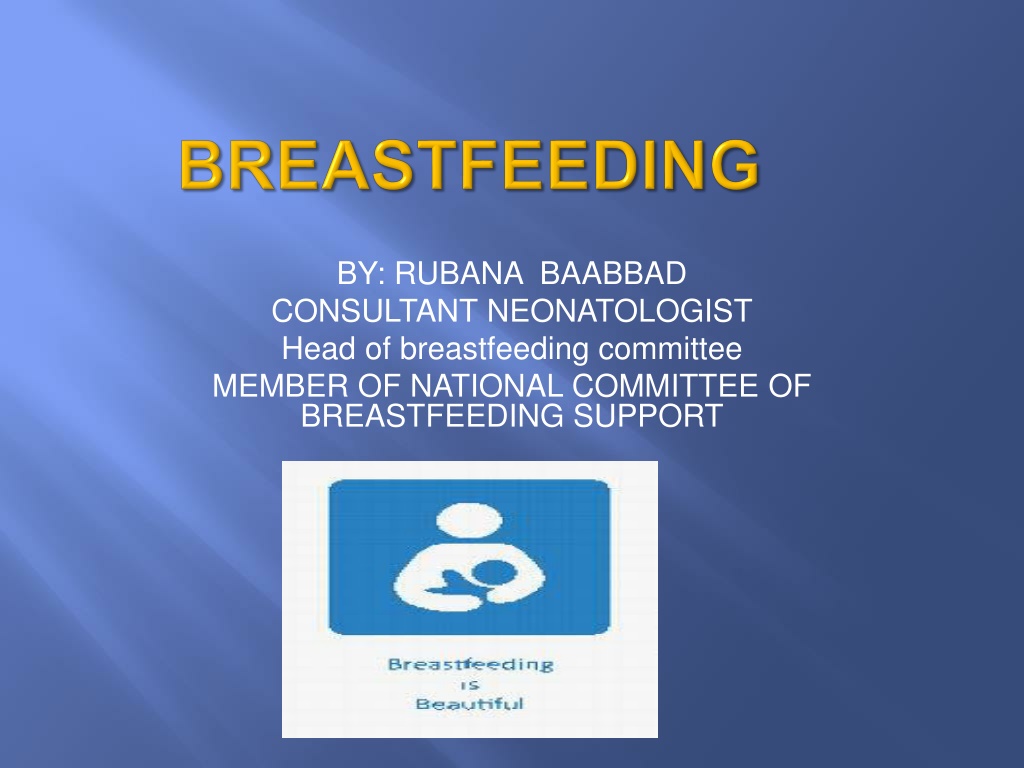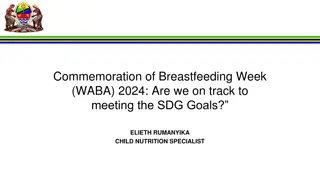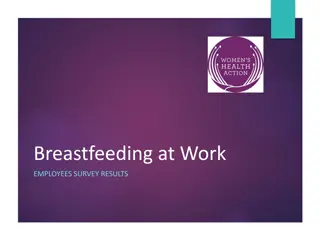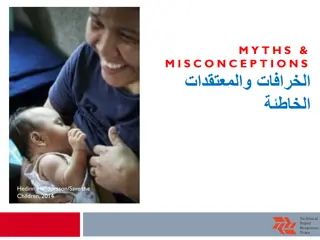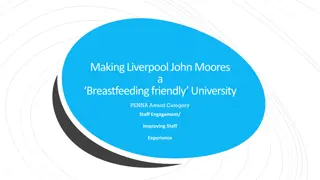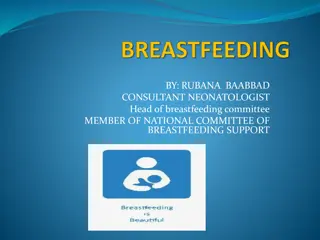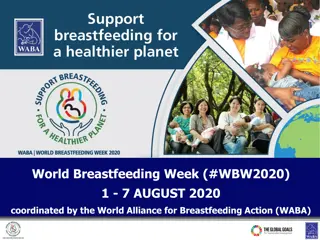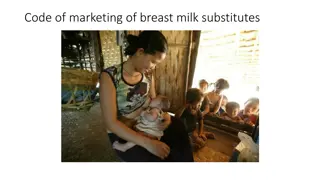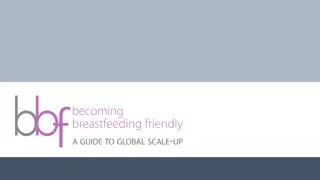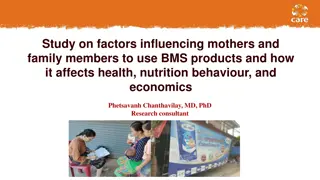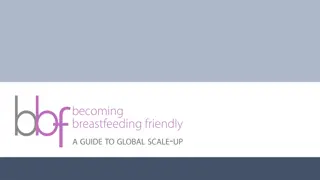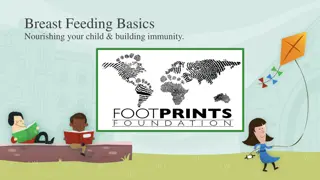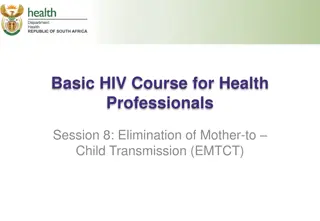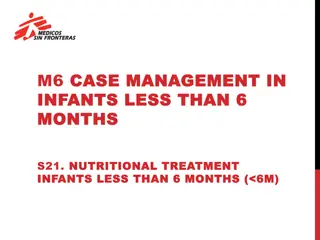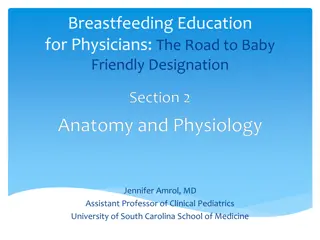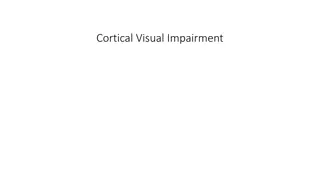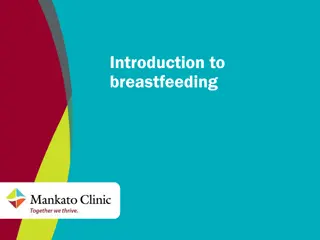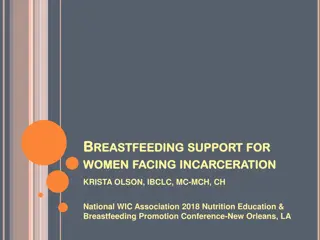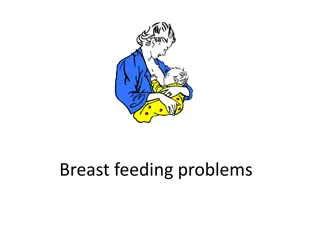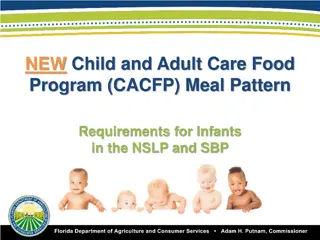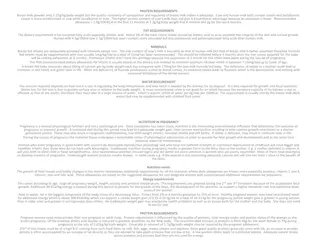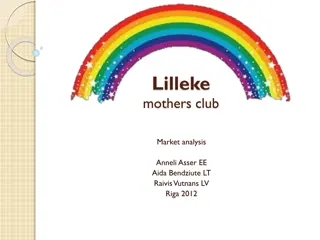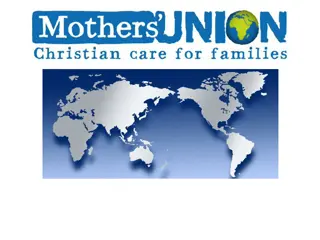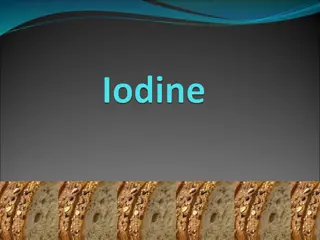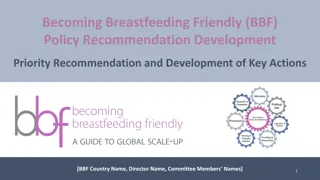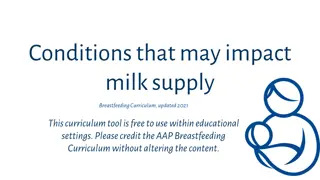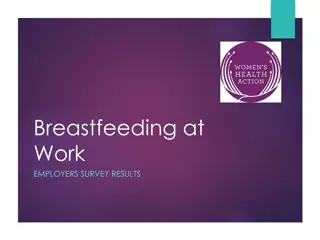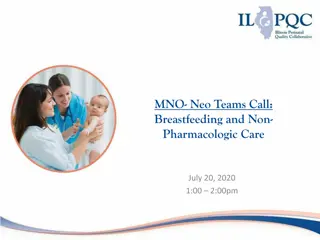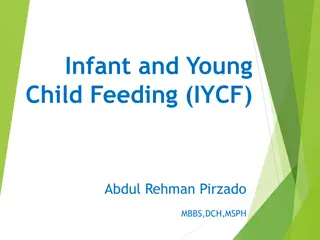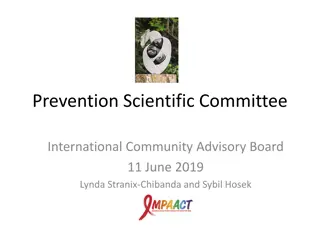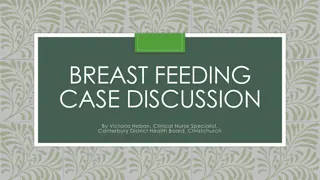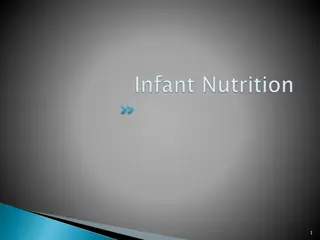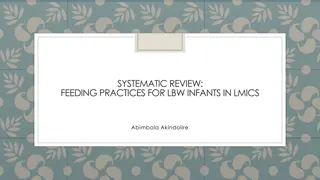The Importance of Breastfeeding for Infants and Mothers
Breastfeeding is crucial for infants as it provides over 200 components essential for growth and development. It offers numerous health benefits, helps in postpartum recovery, reduces the risk of various diseases, and promotes bonding between mother and child. For mothers, breastfeeding aids in weight loss, decreases the chance of diseases like osteoporosis and cancer, and contributes to psychological well-being. The practice also leads to superior health outcomes in breastfed infants, protecting them from various infections and diseases throughout childhood.
Download Presentation

Please find below an Image/Link to download the presentation.
The content on the website is provided AS IS for your information and personal use only. It may not be sold, licensed, or shared on other websites without obtaining consent from the author. Download presentation by click this link. If you encounter any issues during the download, it is possible that the publisher has removed the file from their server.
E N D
Presentation Transcript
BY: RUBANA BAABBAD CONSULTANT NEONATOLOGIST Head of breastfeeding committee MEMBER OF NATIONAL COMMITTEE OF BREASTFEEDING SUPPORT
Introduction Breastfeeding definitions Breast milk contents Advantages of breastfeeding Preparation of the prospective mother Establishing and maintaining the milk supply Technique of breastfeeding Expression of breastmilk Contraindications
Breastfeeding is the normal feeding for infants during the first months of life which can t be replicated . It contains over 200 known component. Breast milk bring both nutritive& non nutritive signals to the neonate . It contain fat ,carbohydrate, proteins, menirals,vitamins,hormons, living cells, complements, enzymes, Colostrum: definition & contents.
Helps the uterus to regress to its size before pregnancy. Losing acummulated fat during pregnancy. Empowernment Decrease risk of osteoporpsis Improve blood sugar control for diabetics Decrease the incidence of high cholestrole ,diabetis ,breast, cervical,ovarian,uterine cancers,less chance for gallstone formation Bonding ,decrease post partum depression
Medical: postpartum recovery Impowerment (psychological benefits). Improved health risks: decrease risk of osteoporosis Protection against ovarian censer. reduced incidence of breast cancer. o o o
Superior health outcomes in breastfed infant Protection during breastfeeding Protection after weaning in early childhood Protection later in childhood Gastrointestinal and respiratory infections Gastrointestinal and respiratory infections Obesity Urinary infections Wheezing Types I and II diabetes Sepsis and meningitis Celiac disease Leukemia/lyphomas Atopic dermatitis Growth faltering Crohn disease Food allergies Cognition Cognition Wheezing Visual acuity Strong, secured personality Necrotizing enterocolitis Celiac diseas Growth faltering Visual acuity
Exclusive breast milk Total breast milk Predominant breast milk Partial No
Exclusive breastfeeding The infant has received only breastmilk from his/her mother or a wet nurse, or expressed breastmilk, and no other liquids or solids, with the exception of drops or syrups consisting of vitamins, mineral supplements or medicines. Predominant breastfeeding The infant s predominant source of nourishment has been breastmilk. However, the infant may also have received water and water-based drinks (sweetened and flavoured water, teas, infusions etc.); fruit juice; oral rehydration salts solution; drop and syrup forms of vitamins, minerals and medicines; Full breastfeeding This definition includes both exclusive breastfeeding and predominant breastfeeding. Partial breastfeeding Partial breastfeeding refers to a situation where the baby is receiving some breastfeeds but is also being given other food or food-based fluids, such as formula milk or weaning foods. Bottle-feeding The child has received liquid or semi-solid food from a bottle with a nipple/teat. This term applies irrespective of the nature of the liquid or semi-liquid. Artificial feeding The baby who is artificially fed receives no breastmilk at all.
Colostrum The often yellow and sometimes clear fluid that is released by a new mother s breasts before her breast milk comes in. This fluid has often been referred to as liquid gold and it resembles blood more than it does milk as it contains protective white blood cells capable of attacking harmful bacteria. Colostrum provides a new baby high levels of antibodies from his/her mother and it also acts to seal the inside of the baby s intestines thus preventing the invasion of bacteria. Colostrum is an ideal first food for baby as it is high in protein and low in sugar and fat, thus making it easy to digest.
Most breastfeeding, provided the receive sufficient encouragement and discouraging experiences and comments while the secretion of breast milk is becoming established. Physical Factors: breastfeeding include: enough rest, freedom of worry, treatment of any disease, and adequate nutrition. Retracted & inverted nipples. women are physically capable of are protected from leading good health, having to a good
The most satisfactory stimulus to the secretion of human milk is emptying of the breast; milk production is reduced when the secreted milk is not drained. regular and complete The breastfeeding should begin as soon after delivery as the condition of the mother and the baby permits, preferably within the first hour.
http://www.cartinafinland.fi/en/imagebank/image/15/15377/expressing+milk+15377.jpghttp://www.cartinafinland.fi/en/imagebank/image/15/15377/expressing+milk+15377.jpg
It is important to look at the entities that put the mother or infant at significant risk and are not remedial. Infectious Diseases: Life threatening illnesses in the mother: Medications:
